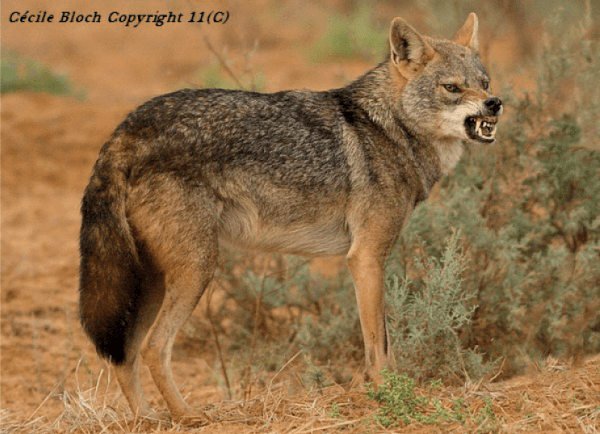Facts About Egyptian wolf
The Egyptian wolf, a subspecies of the African golden wolf, roams across northern, eastern, and parts of western Africa. Originally known as the Egyptian jackal, there was much debate over its true classification—whether it was closer to the golden jackal or the grey wolf. Recent studies clarified that it stands apart from the golden jackal, leading to its official classification as the African wolf, Canis lupaster.
In terms of appearance, the Egyptian wolf differs distinctly from the Senegalese wolf. It boasts a different build, head shape, and fur texture, in addition to longer legs, differently shaped ears, and a longer tail. Its fur is darker, and it features a broader white patch on its chest. Behavior-wise, the Egyptian wolf preys on larger animals like sheep, goats, and cattle, unlike the Senegalese wolf, which prefers smaller prey such as lambs.
The Egyptian wolf thrives in a variety of habitats across Africa. It can be found in Mediterranean regions, coastal areas, hilly terrains, scrublands, pinewoods, oak forests, and the Sahelian savannahs. Notably, it has been spotted in the Djoudj National Bird Sanctuary in Senegal, where it tends to be solitary and usually dominates the Senegalese wolf in disputes over food.
Interestingly, the Egyptian wolf has cultural significance as well. The head of the Egyptian god Anubis might have been inspired by the Egyptian wolf rather than the golden jackal. Despite its distinct traits and habitat preferences, the Egyptian wolf's taxonomic status isn't universally accepted. Some still consider it a subspecies of the golden jackal.

 Niger
Niger